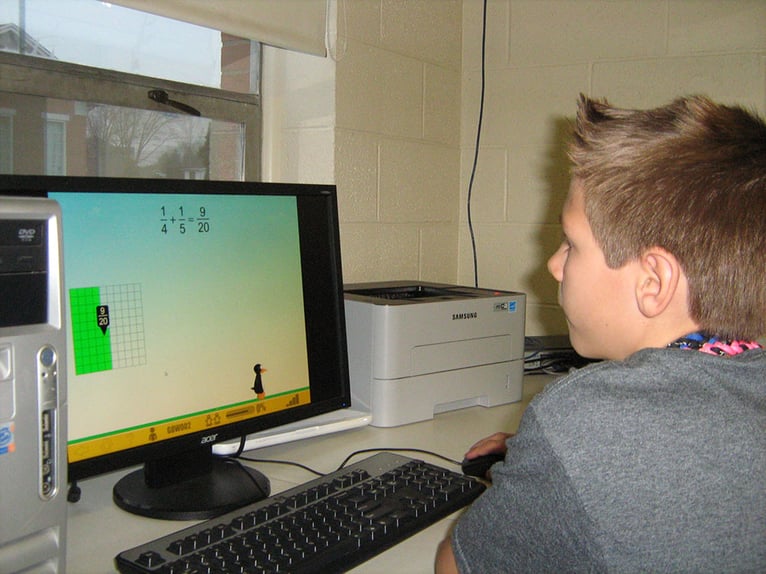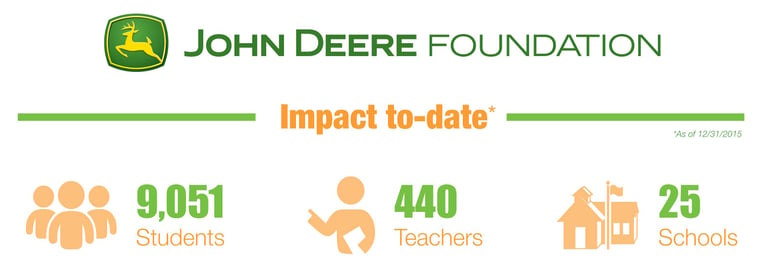

Bellevue Elementary School serves just over 300 students in Bellevue, Iowa. With a background in mathematics, the principal, Jeanette Hartung-Schroeder, has specific ideas about what math teaching and learning should look like at Bellevue Elementary School. She is very involved in making sure her students go beyond understanding mathematical procedures and gain a deeper conceptual understanding of mathematics.
“How did you know this was a prime number?” Hartung-Schroeder asked a fourth grade student.
“You can’t make a rectangle with it,” the student replied.
Hartung-Schroeder explained that while this seems like an odd response, the student is visualizing the number and using his own language to share his mathematical thinking. When factoring numbers, the student is visualizing the possible rectangles created by the factor pairs. Prime numbers, however, do not have factors and so the student cannot create rectangles. Hartung-Schroeder attributes her students’ deeper understanding of math concepts like prime numbers to the game-based learning program ST Math.
Three years ago, Hartung-Schroeder and three teachers from her building visited two schools implementing ST Math in Chicago, IL. What she saw was, although both schools were very different (one in an affluent neighborhood, one reaching more Title I students), both schools saw a positive impact on math proficiency. Hartung-Schroeder piloted ST Math at Bellevue and shared the results with the local Iowa Area Education Agency (AEA). Through the AEA and MIND Research Institute’s ST Math Grants Program, Bellevue and other schools in Iowa received funding for ST Math from the John Deere Foundation.
MIND Research analyzed math performance for Iowa schools implementing ST Math over two years. Results showed student math proficiency grew on average by 6.6 percentile points from 2013 to 2015, compared to similar schools not implementing ST Math dropping on average by 1.2 percentile points.

ST Math complements our math curriculum and gives students an opportunity to explore math concepts. The beauty of ST Math is that students learn visually, regardless of their language abilities. The way students can watch what happens when they try different strategies to figure out solutions promotes powerful thinking.
—Jeanette Hartung-Schroeder, Principal, Bellevue Elementary School
As a social benefit nonprofit, MIND Research Institute works with corporate, foundation and individual partners to bring ST Math to schools and districts across the country. Funding from the John Deere Foundation in particular was instrumental in expanding the number of students and teachers able to benefit from the visually-based and proven ST Math program.

“We’d like to thank the John Deere Foundation for funding ST Math at Bellevue. If we didn’t have a grant partner already on our side, we would work to find a way to budget for ST Math; that is how much I believe in it,” said Hartung-Schroeder. “There are many opportunities out there now to find grant funding.”
Interested in applying for a grant to get ST Math at your school?

Calli Wright was the Marketing Manager at MIND Research Institute. She loves playing and designing board games, which she often talks about on twitter @CalliWrights.
Comment